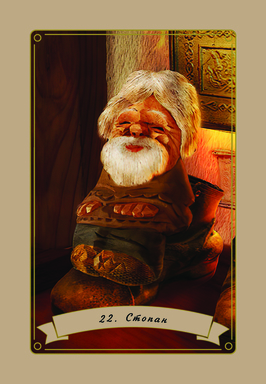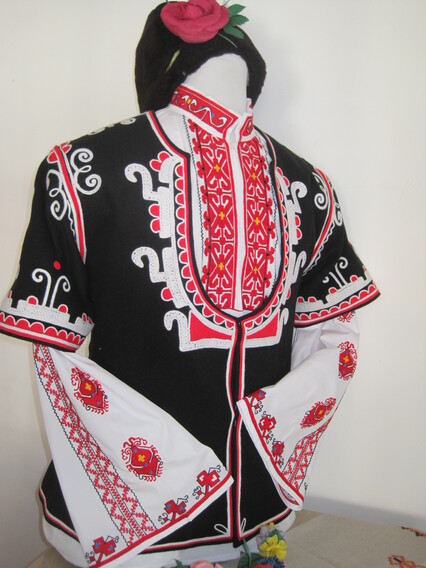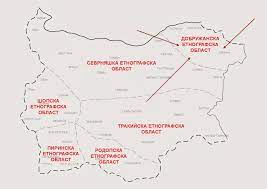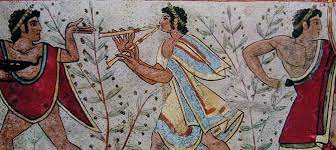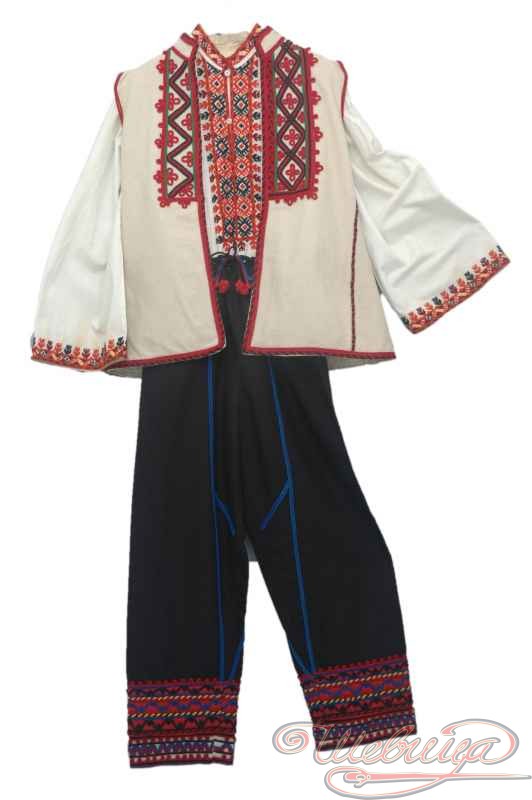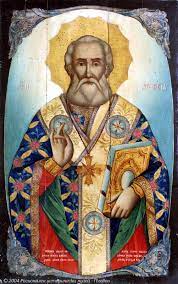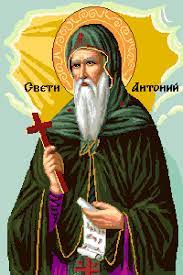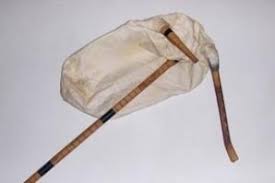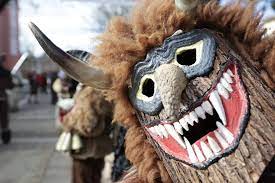Each house has its own patron, called the owner, domvik or saibiya. It is a house spirit, considered by some to be the spirit of a deceased loved one. It was believed that he was so attached to his home and heirs during his lifetime that after his death he remained in the family house, watching over and caring for...
Read the full post →„Символиката в народното ни творчество – Стопан“

